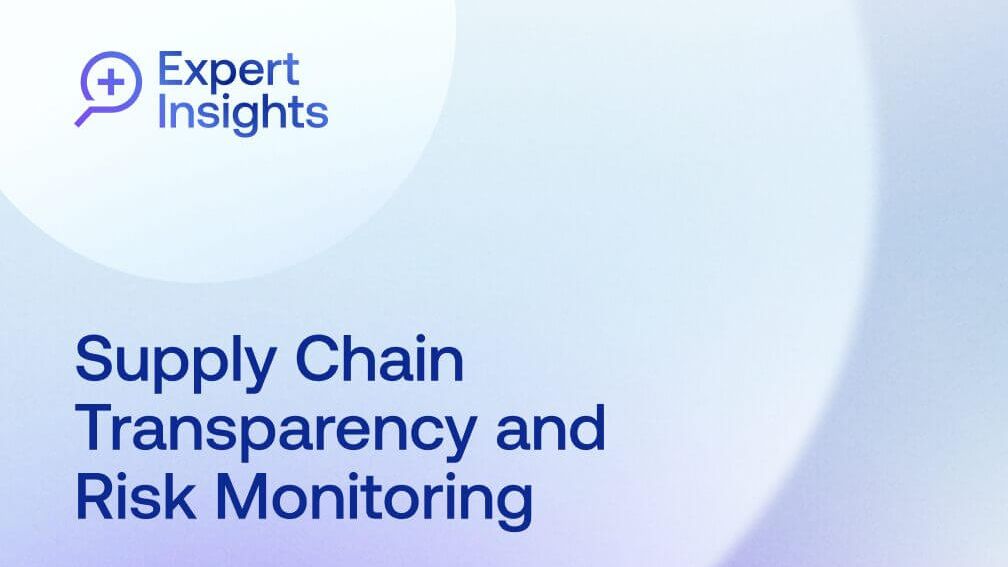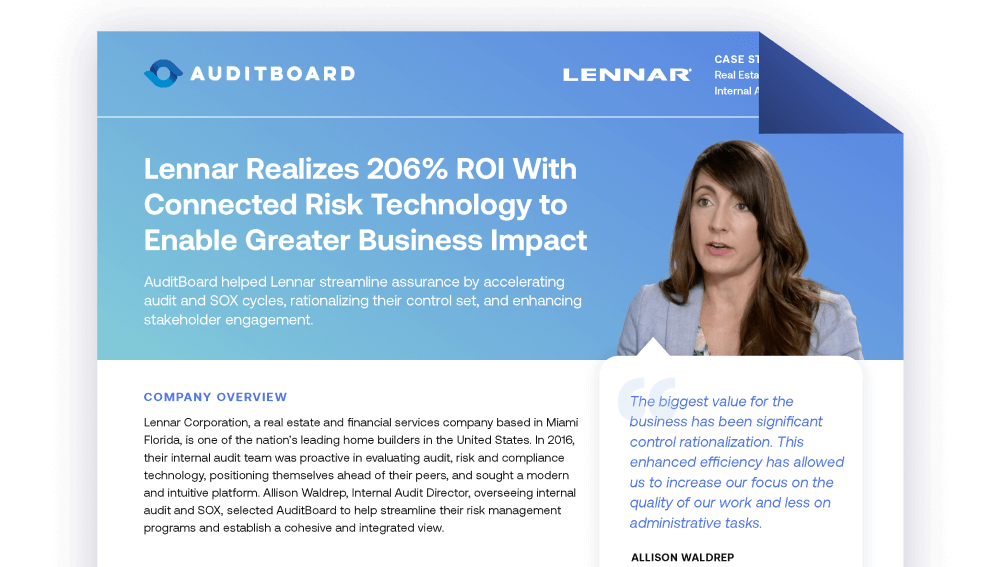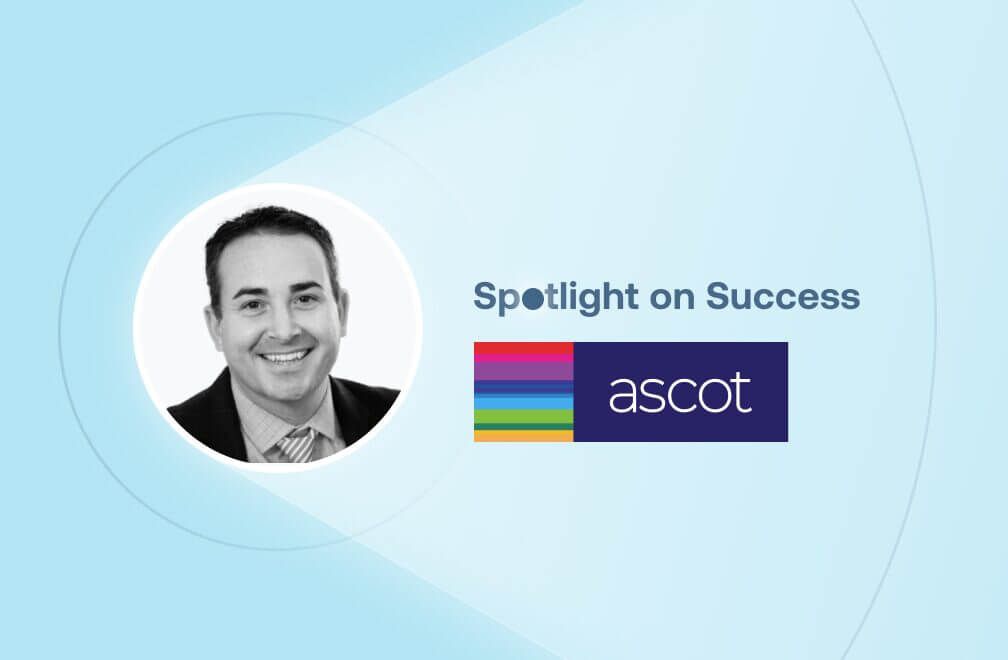
February 27, 2024 • 3 min read
How Snowflake Uses Continuous Monitoring to Proactively Identify Risk
In our Spotlight on Success series, Amrita Kapoor, Head of Internal Audit at Snowflake, shares how integrations between AuditBoard and Snowflake help to enable continuous monitoring of controls to save time and proactively identify and remediate risk. Snowflake is a highly scalable cost-effective cloud data warehousing platform that enables data storage, processing, and analytical solutions for various use cases, such as monitoring control effectiveness in real time.
Can you tell us a bit about the partnership between Snowflake and AuditBoard?
AuditBoard has partnered with us as a connected app to introduce continuous monitoring of controls via the Snowflake connector within AuditBoard. This helps to reduce time and controls testing while also helping to proactively identify and remediate risks before they arise to a level of concern. As long as you have the relevant data within Snowflake, you can easily configure and run queries through the AuditBoard UI to monitor any exceptions or gather risk-driven insights for your relevant controls.
What would someone need to do in order to make this work in practice?
The key steps for enabling this automation are identifying key use cases or controls that would provide useful insights. The key thing to highlight here is to start with shortlisting those one or two high-impact use cases that give you the most bang for your buck versus trying to automate everything. And then two, obviously is ingesting required data into Snowflake using connectors or some of our native features. Three, which I think is the most important step, is designing and implementing queries to visualize and analyze the data. It is important to highlight that you want to have those folks involved who really understand the data and the risks associated with the data in this step. Lastly, once this is done, it’s about scheduling the monitors within AuditBoard to show the results within the respective control pane view in AuditBoard.
What are your thoughts on the need for this type of technology in today’s audit process?
In the past, the use of advanced technology like continuous monitoring may have been seen as a nice to have for many audit functions, but in today’s world, it’s an essential tool for teams that want to make a real impact. In my view, digitally enabled auditors can focus more on high-value work, provide insights that feed real-time decision-making, and enable a deeper understanding of risk across the enterprise.
You may also like to read


Expert Insights: Supply Chain Transparency and Risk Monitoring

How Lennar Achieved a 206% Return on Their Three-Year Audit Technology Investment

How Gulf Coast Focused Their Audits on High-Risk Areas

Expert Insights: Supply Chain Transparency and Risk Monitoring

How Lennar Achieved a 206% Return on Their Three-Year Audit Technology Investment
Discover why industry leaders choose AuditBoard
SCHEDULE A DEMO



